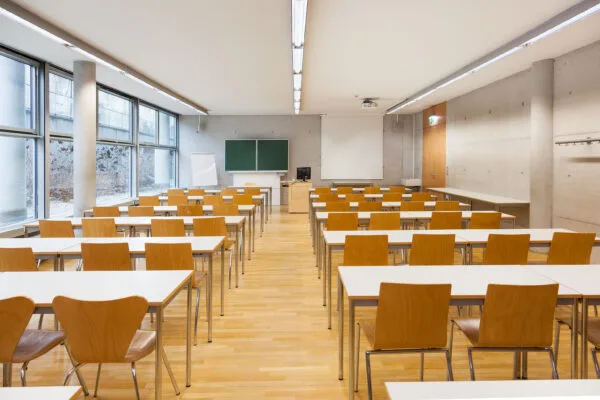
NAME:
SOWI - UR 3
BUILDING:
SOWI
FLOOR:
-1
TYPE:
Seminar Room
CAPACITY:
70
ACCESS:
Only Participants
EQUIPMENT:
Beamer, PC, WLAN (Eduroam), Overhead, Flipchart, Blackboard, Handicapped Accessible, LAN
INTRODUCTION: Small ski areas play a crucial role in sustaining skiing culture in snow-covered towns. Previous research suggests that they struggle to adapt to climate change and compete with larger ski resorts, often necessitating unique positioning strategies for survival. Additionally, studies indicate that many family skiers may abandon skiing if snow conditions become unreliable. However, some small ski areas, and their residents strive to adapt to current challenges and sustain their skiing traditions. This study examines the factors contributing to the resilience of small ski areas and role of local communities in the face of climate change.
METHODS: Fieldwork was conducted in Appenzell Innerrhoden, a pre-Alps region in Switzerland. The region features four ski areas with only T-bar lifts, situated between altitudes of 813 and 1,726 meters. Interviews were conducted with two ski lift operators and members of local cooperative. Additionally, an online survey (n=47) was collected via social media from residents of Appenzell Innerrhoden. The survey incorporated the concept of substitutability of leisure behavior.
RESULTS: Appenzell has a deeply rooted skiing culture, with traditions passed down through multiple generations. In addition, several social systems also support skiing activity. This strong community bond plays a crucial role in the town’s commitment to sustaining its local ski areas despite climate challenges. Ski areas in the region receive financial support from both individuals and corporate to keep ski lifts operational despite low operating days. Additionally, residents who are highly committed to adapting to climate change have formed a cooperative to install and operate artificial snow machines, ensuring continued operation. Survey results indicate that family skiers prefer to wait for local ski areas in Appenzell to open rather than travel to larger ski resorts or stop skiing. Furthermore, one-third of respondents stated that they would continue skiing until artificial snow production in Appenzell becomes unfeasible.
CONCLUSION: Small and low-altitude ski areas face significant challenges in adapting to climate change, with financial constraints being a primary issue in investing in artificial snowmaking technology. However, this study found that with strong community support and well-planned strategies, it is possible to sustain ski lift operations and preserve local skiing traditions.

Notifications